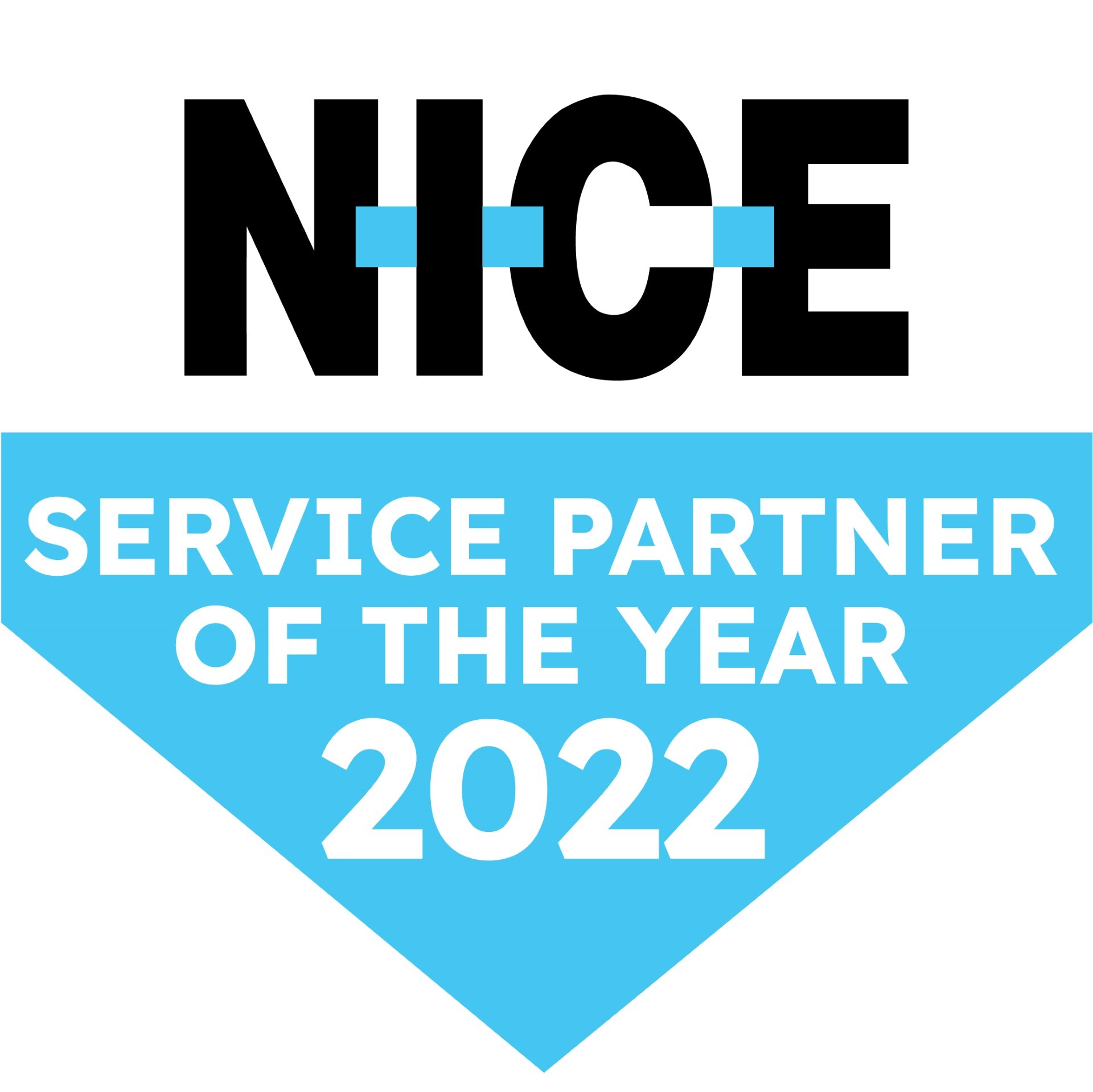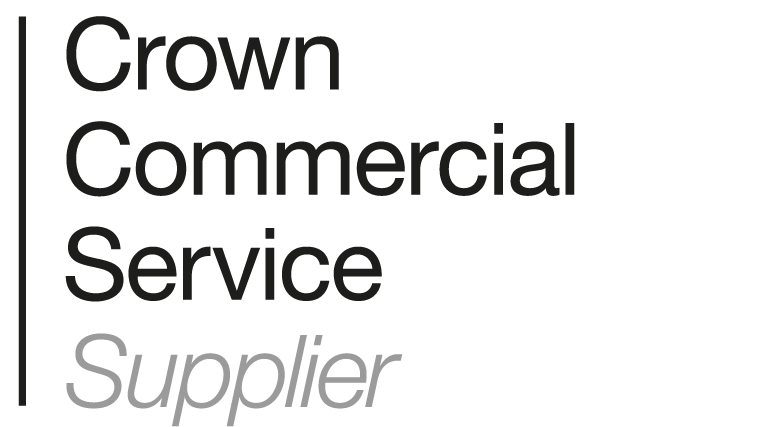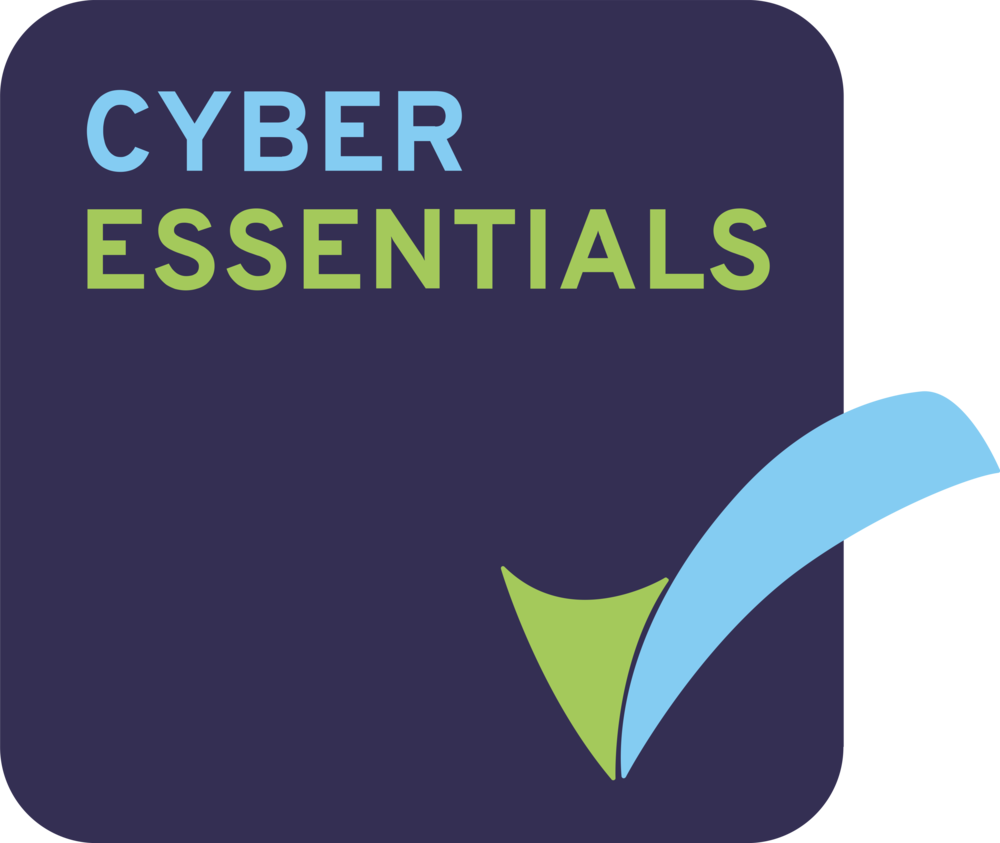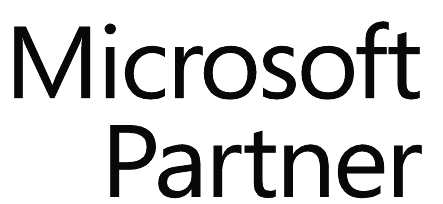Past years have seen a bumper crop of solutions being confined to the NICE call recording EOL list. As manufacturer support is withdrawn from these, customer attention should be focused on revisiting the relevance of business applications and requirements, as a replacement solution is considered.
Dealing with legacy technology can cause many challenges for organisations, where nearly 90% of businesses are hindered by this.
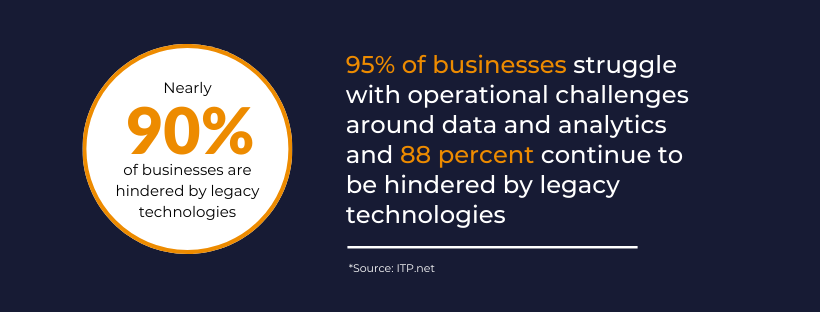
Here are our top tips for dealing with End-Of-Life NICE Voice Recording systems:
1. Consider the security and risk exposures with EOL operating systems
Running an operating system that’s EOL will create security and risk exposures. These include:
- Incompatible call recording software updates
- Security vulnerabilities as a result of missing security patches
- Added expense to maintain and fix bugs on an older operating system
- Compliance challenges as many regulatory compliance frameworks require mandate regular patching
- Poor performance and reduced reliability
2. Consider the manufacturers end-of-life support policy
When scouting out the next voice recording solution, consider the manufacturer’s support policy for when the operating system reaches end-of-life. With retention periods for call recordings ranging anywhere from 6 months to 7+ years, support capability for playback of historic calls can be a challenge for many organisations. Consider solutions which allow you to combine many voice recording systems, whether they be live, legacy, mobile, cloud or on-premise, into a single user interface, for any retention period, so businesses can retain, delete from and audit their call inventories.
3. Consider the Call Recording support you’ll be receiving
When looking for a call recording system, it’s equally as important to consider the call recording support you will be receiving post-sale.
When scoping out a voice recording supplier, consider asking questions about their service and support including:
- Whether they have a dedicated customer service support department?
- Whether they assign a dedicated customer service coordinator?
- Whether their support engineers have the relevant training, certification and experience on the voice recorder operating systems that they will be managing?
Dealing with EOL voice recording systems can trigger many challenges within organisations, particularly within contact centres or Financial services such as Banks who need to retain, audit and manage their existing call recordings for compliance purposes.
To keep on top of this, organisations need to revisit their voice recording legacy infrastructure sooner rather than later. (Discontinued NICE Voice Recording solutions include: NICE 8.9 Enterprise, NICE Perform R1, R2, R3.0, Mirra 2 and Mirra IV. Check out the full list of discontinued NICE Call Recorders here).












